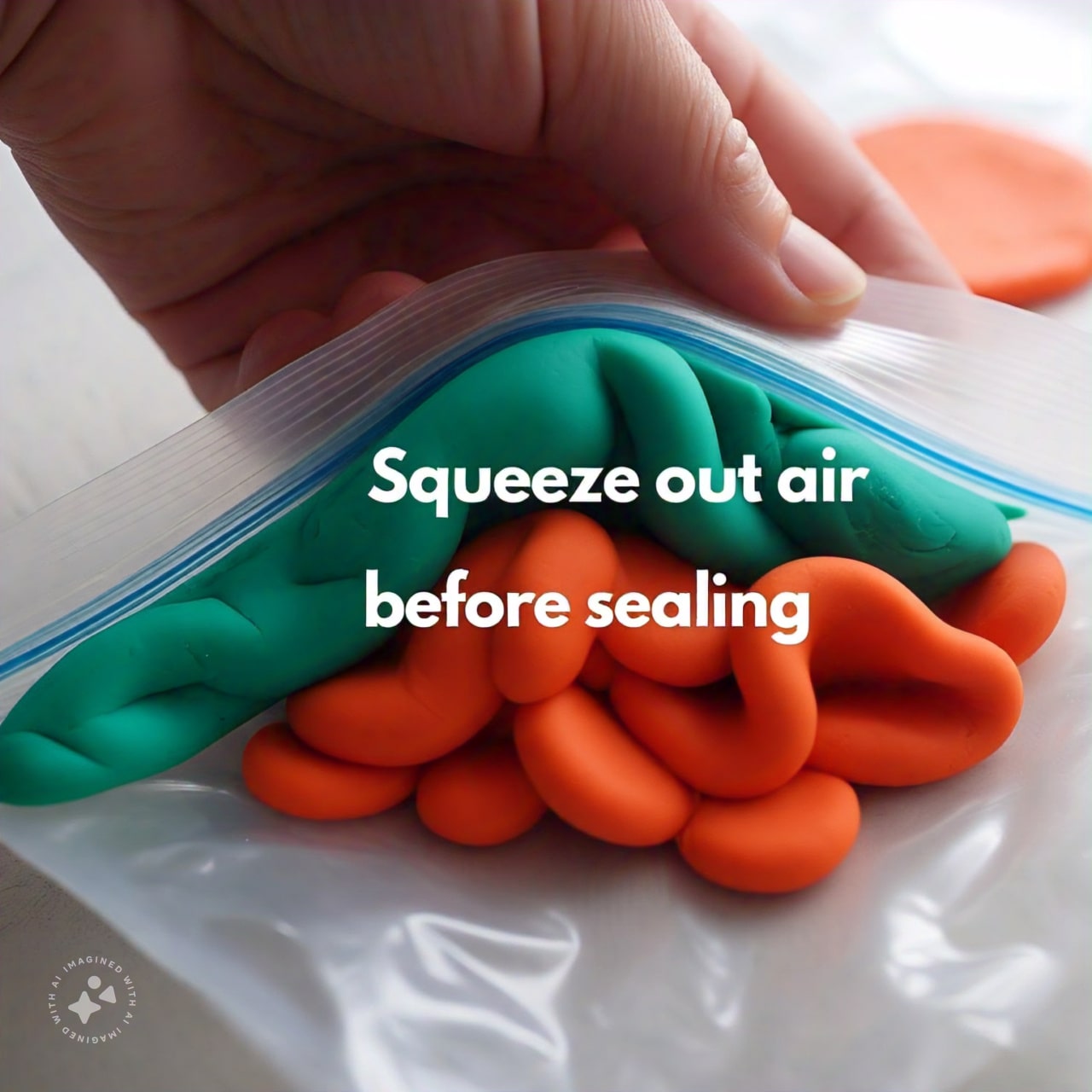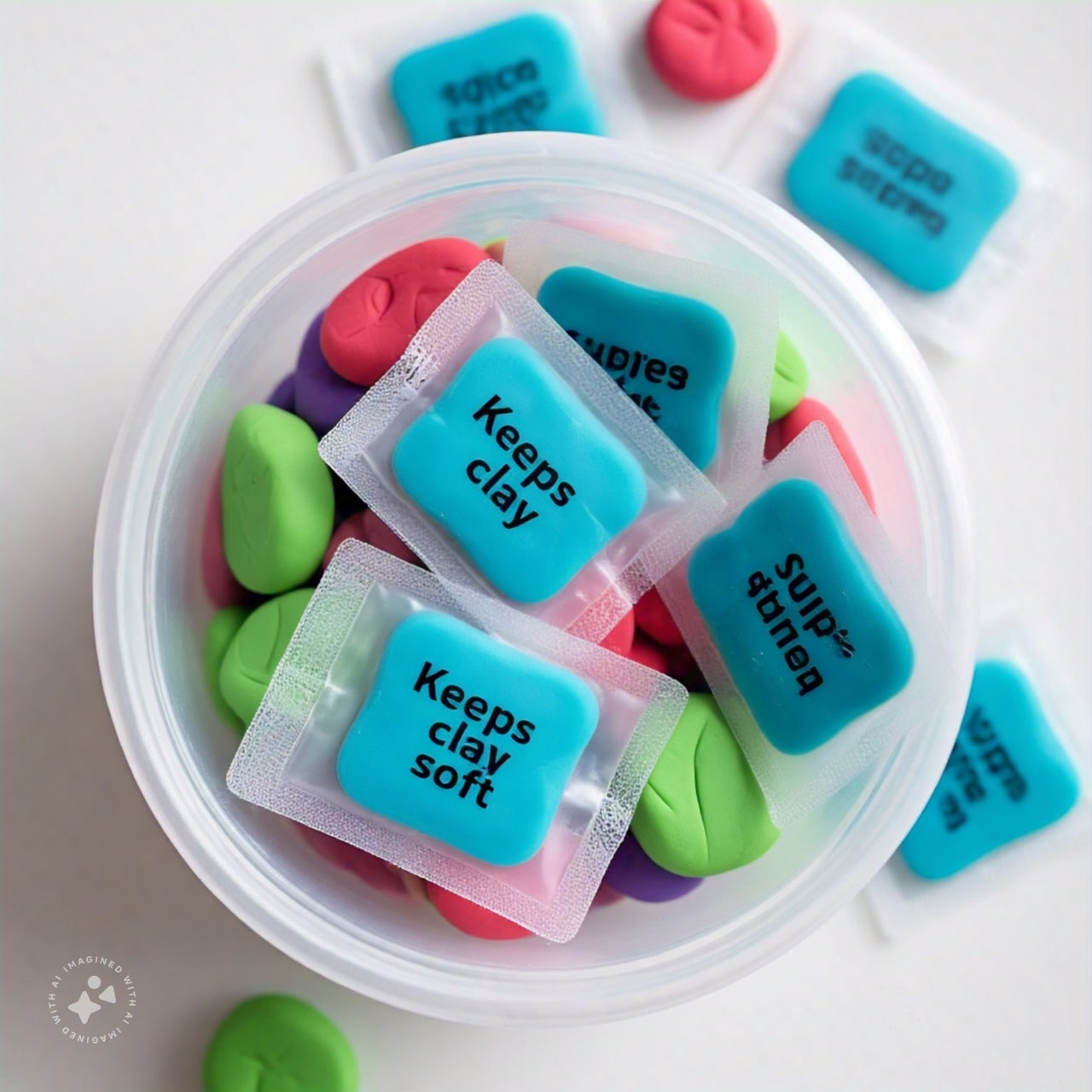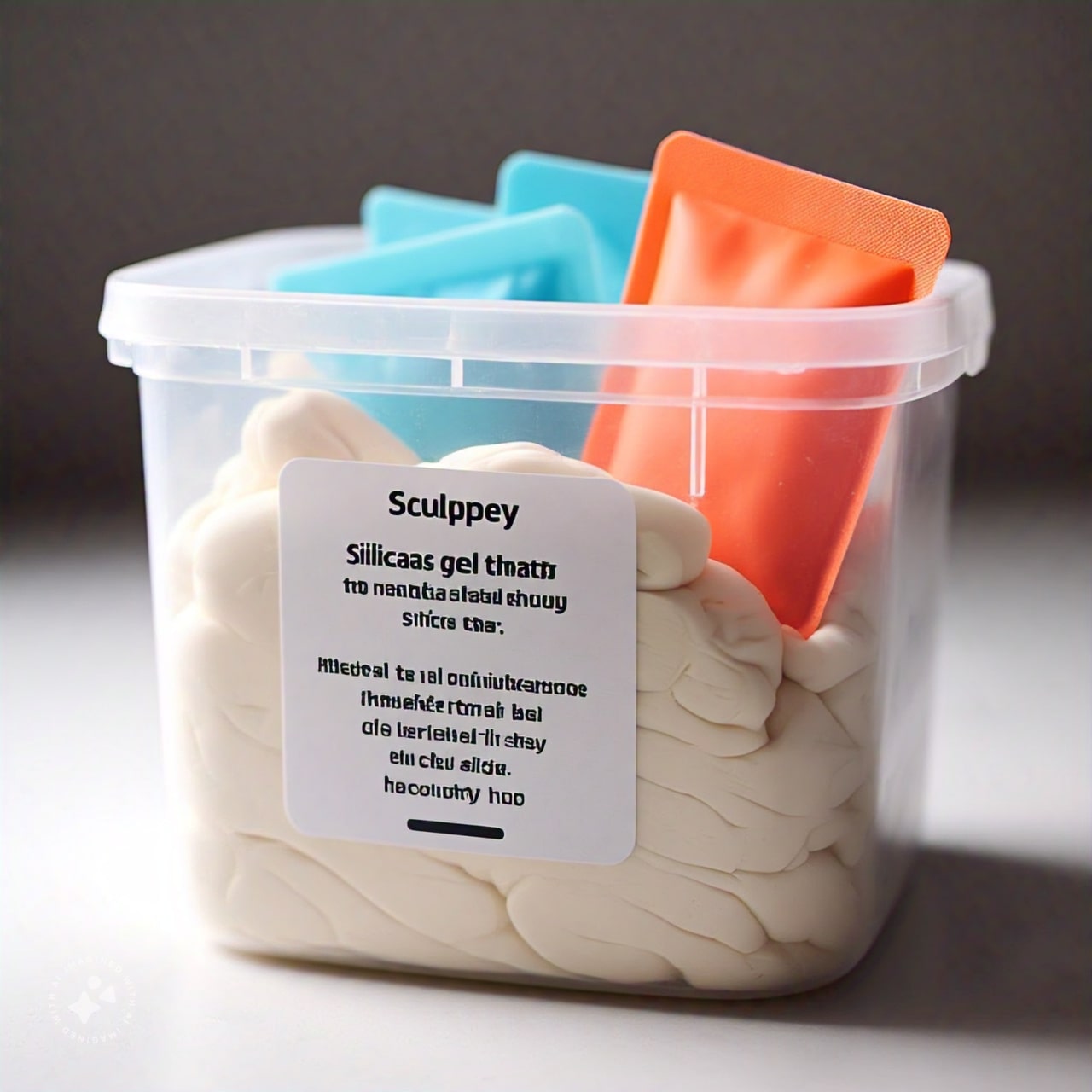Best Tips on How to Store Sculpey Clay for Long-Lasting Usability
Sculpey clay is a commonly used polymer clay for beginners and professionals alike for crafting, sculpting, and jewelry purposes. But the right storage is key to maintaining its best condition. Improper storage will dry it out into crumbly clay that’s difficult to work with, or in some cases make it sticky and unusable. We’ll explore some vital inquiries regarding the storage of Sculpey clay and furnish you with infallible methods to keep your clay soft and workable for your creative endeavors in this guide.
Why You Need to Store Sculpey Clay Correctly
Like all other polymer clays, Sculpey clay is prone to environmental effects such as heat, humidity, and air exposure. Without proper storage:
- The clay would set, and become unworkable.
- If overheated, it will get sticky.
- It might also collect dust and dirt, making it less ideal for fine projects.
- Chemical makeup can break down and, therefore, cure inadequately.
- To keep your Sculpey clay usable for years, we must create an environment in which these dangers are less likely to occur.
What is the Best Way to Store Sculpey Clay?
Sculpey clay can be stored in an airtight container in a cool, dry place — out of direct sunlight and away from heat sources and humidity. Often plastic containers or zip-lock bags are utilized because they seal out air and contaminants.
Should You Put Your Sculpey Clay in the Fridge?
Refrigeration isn’t required, although some crafters put Sculpey clay in the fridge to prevent it from getting too soft in hot climates. Also, make sure to use an airtight container for proper storage.
How Long Does Sculpey Clay Stay Useable?
If properly stored, Sculpey clay can be good for many years. However, depending on the type of clay used and the storage conditions, its shelf life may vary. Check the texture and pliability of the clay regularly before using it.
Can You Bring Dried-Out Sculpey Clay Back to Life?
You may revive slightly dried-out clay with Sculpey clay softener or by kneeding it well with a few drops of mineral oil or baby oil.
How to Store Sculpey Clay: The Step-by-Step Guide
Step 1: Keep It Airtight
- The number one enemy of polymer clay is air exposure. Store your Sculpey clay always in:
- Zip-lock bags: Squeeze out as much of the air as you can before you seal.
- Plastic containers with tight lids: Make sure the container is clean and dry.
- Do not use paper or cardboard boxes, as these will absorb the plasticizers contained in the clay, and will dry the clay out.
Step 2: Keep Away From Temperature Extremes
Sculpey clay needs be stored at room temperature (ideally in the range of 65°F — 75°F or 18°C — 24°C). Extreme heat can soften the clay — and even initiate the curing process — while cold temperatures can make it brittle.
Step 3: Organize by Color
Keep different colors of Sculpey clay in different containers to avoid color transfer. Separate storage is ideal for this purpose and can take the form of prefabricated boxes with small compartments or simply separating with clothing wrap.
Step 4: Label and Track
If you’re working with several colors or types of clay, label your containers for easy identification. This is particularly helpful for long-term clay storage.
Step 5: Keep Them Safe From Dust and Debris
Lint, dust and particles easily stick up on clay. When you store the clay, always wrap it in clean plastic or wax paper.
How Not To Store Sculpey Clay: The Biggest Mistakes
- Leaving It Out
- A mistake you might make is forgetting your clay. Even brief exposure to air can trigger that drying process.
- Storing it in the Incorrect Material
Avoid materials like:
- Cardboard or wood: These will suck up the plasticizers from the clay.
- Thin plastic wraps — some plastics can interact with polymer clay and make it sticky.
- Exposing It to Sunlight
- Depending on the concentration of UV rays, it can alter the polymer and clay chemical structure, resulting in less durable ceramic tiles.
- Storing Near Heat Sources
- It is also important that the clay is not stored in the heat of your home or near the oven, or in direct sunlight, as it may start to cure prematurely.
Sculpey Clay: 3 Tips for Long Term Storage
If you don’t intend to use your clay for some time, try these tips:
- Double-bagging: Place the clay in a zip-lock bag and place it inside another sealed bag or container.
- Silica Gel Packs: If you want to control humidity in your storage container, you can add some silica gel packs.
- Monitor every 6 months: Check the clay to make sure it’s still soft and pliable.
How to Restore Dried Sculpey Clay
If your Sculpey clay has also dried out a little when you didn’t pack it up well, you can use these methods:
- Method 1: Use Sculpey Clay Softener
Sculpey makes a softener for polymer clay. Add a few drops into the clay and knead it until soft and pliable again.
- Method 2: Mineral Oil or Baby Oil
Incorporate a little oil into the clay by kneading it so that it becomes pliable again. Apply a thin sheen of this, but be cautious not to use too much as it will also make the clay tacky.
- Method 3: Pour Into New Clay
Combine the hardened clay with a softer chunk of the same type. This can improve the overall texture and workability.
- Method 4: Warm It Up
Put the clay in a sealed bag and place it in warm water for a few minutes. This can make the clay soft and pliable for kneading.
Can You Keep Sculpey Clay With Other Crafting Supplies?
Store it separately from paints, inks, and other crafting materials, too, to prevent cross-contamination and accidental curing.
How Do You Store Sculpey Clay After Baking?
There are no such precautions needed with baked Sculpey clay. Keep baked pieces in a cool, dry place where they are sheltered from dust and damage.
Does Sculpey Clay Expire?
Polymer clay doesn’t expire, but it can harden over time if it’s not stored correctly. Checking on its condition regularly can spare you surprises.
Storing Sculpey Clay — Quick FAQs
What is the ideal temperature for Sculpey clay to be stored? G. Room temperature (18 o C to 24 o C / 65 to 75 o F).
Can I use plastic wrap for storage? Not unless the wrap works with polymer clay. Regular plastic wrap is too thin and could possibly react with the clay.
How do I know if Sculpey clay has expired? But if it’s crumbly or too sticky despite proper storage, it may well be unsalvageable.
Where shouldn’t clay be stored? Sources of heat, sunlight, and dusty or dirty surrounding.
Conclusion
Here is how the best way to store Sculpey clay to keep it soft, clean, and ready for the next project. You can keep clay fresh longer by storing it in airtight containers, not exposing it to extreme temperatures, and keeping it free from dust and dirt. A hobbyist or an expert, these tips help you maximize your Sculpey clay collection.
With these best practices, you’ll have fresh and workable clay at your fingertips at all times, ready to bring your creative visions to life!

















